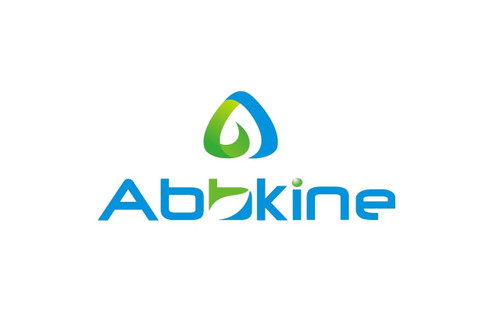Product Description
Human DnaJ homolog subfamily C member 13 (DNAJC13) ELISA Kit | AE61255HU | Abebio
Species Reactivity: Human (Homo sapiens)
Abbreviation: DNAJC13
Alternative Name: FLJ25863; KIAA0678; RME8; DnaJ domain-containing protein RME-8
Application: ELISA
Range: 0.78-50 ng/mL
Sensitivity: 0.33 ng/mL
Intra-Assay: ≤4.8%
Inter-Assay: ≤8.5%
Recovery: 1, 03
Sample Type: Serum, Plasma, Other biological fluids
Detection Method: Sandwich
Analysis Method : Quantitive
Test Principale: This assay employs a two-site sandwich ELISA to quantitate DNAJC13 in samples. An antibody specific for DNAJC13 has been pre-coated onto a microplate. Standards and samples are pipetted into the wells and anyDNAJC13 present is bound by the immobilized antibody. After removing any unbound substances, a biotin-conjugated antibody specific for DNAJC13 is added to the wells. After washing, Streptavidin conjugated Horseradish Peroxidase (HRP) is added to the wells. Following a wash to remove any unbound avidin-enzyme reagent, a substrate solution is added to the wells and color develops in proportion to the amount of DNAJC13 bound in the initial step. The color development is stopped and the intensity of the color is measured.
Product Overview: DNAJC13, Contains 1 J domain. DnaJ/Hsp40 proteins have been preserved throughout evolution and are important for protein translation, folding, unfolding, translocation, and degradation, primarily by stimulating the ATPase activity of chaperone proteins, Hsp70s. Because the ATP hydrolysis is essential for the activity of Hsp70s, DnaJ/Hsp40 proteins actually determine the activity of Hsp70s by stabilizing their interaction with substrate proteins. DnaJ/Hsp40 proteins all contain the J domain through which they bind to Hsp70s and can be categorized into three groups, depending on the presence of other domains. Six DnaJ homologs have been identified in Escherichia coli and 22 in Saccharomyces cerevisiae. Genome-wide analysis has revealed 41 DnaJ/Hsp40 family members in humans.
Stability: The stability of ELISA kit is determined by the loss rate of activity. The loss rate of this kit is less than 5% within the expiration date under appropriate storage condition. The loss rate was determined by accelerated thermal degradation test. Keep the kit at 37°C for 4 and 7 days, and compare O.D.values of the kit kept at 37°C with that of at recommended temperature. (referring from China Biological Products Standard, which was calculated by the Arrhenius equation. For ELISA kit, 4 days storage at 37°C can be considered as 6 months at 2 - 8°C, which means 7 days at 37°C equaling 12 months at 2 - 8°C) .
 Euro
Euro
 USD
USD
 British Pound
British Pound
 NULL
NULL








